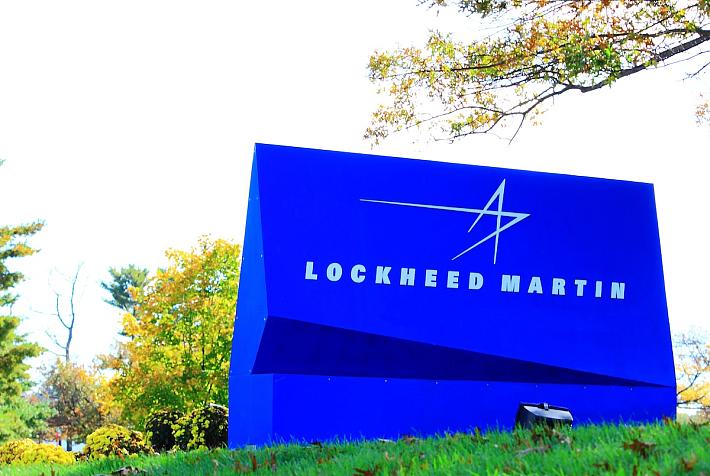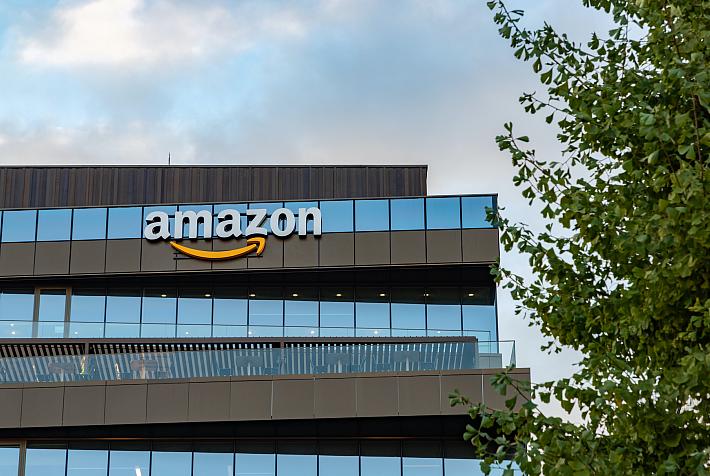U.S. Chargé d'Affaires’ message to foreign investors: Romania is a country of opportunities

Romania continues to work on improving the business climate and made some important progress since 2013, from capital market regulation improvement to its progress towards energy security, said Dean Thomson, the Chargé d'Affaires of the U.S. Embassy to Romania.
He highlighted some of Romania’s main in the last year, but also spoke about some of the country’s main challenges, during an Investors Days organised by American group Franklin Templeton, the manager of local Fondul Proprietatea, for the fund’s shareholders.
Thomson emphasised the importance of the listing of state-owned enterprises (SOEs) in Romania, as well as the need to continue restructuring these companies.
“The IPO of state-controlled electricity distributor Electrica was a successful test case of investors’ appetite to invest in the Romanian capital market and in Romanian energy assets. Romgaz’s November 2013 IPO on the Bucharest Stock Exchange and listing of its GDRs on the London Stock Exchange positively affected Romgaz’s stock price and liquidity. The successful IPOs of Romgaz, Electrica, and Nuclearelectrica have shown that Romanian and international investors believe in the future of these assets,” Thomson said, adding that building on the influx of private capital, independent corporate governance should be the standard, not the exception.
He also noted the progress Romania made so far in restructuring its SOEs. “We look forward to seeing more progress over the coming year, as it works together with key international institutions. The success of professional management at Transelectrica and the ongoing and promising insolvency reorganization of Hidroelectrica, which is estimated to post the highest profit in its history this year, shows that professional managers can make a difference. State owned entities can operate profitably, on par with their private sector peers, as long as managers are well chosen, qualified, and allowed to function independently, free from government and political interference.”
Higher profitability of SOEs benefits the government, because well-managed, profitable companies are not a drag on the state budget and free up resources so that Romania can focus on the investments needed to face long term challenges, according to Thomson.
He then spoke about his visits through Romania and his findings.
“While I’ve been in Romania for only four months, I’ve already travelled to this beautiful country’s four corners and had unique experiences in each region. In Iasi, I met with the management and workers at the state-of-the-art Delphi factory. There, I learned how a private enterprise rightly identified the opportunities that Romania has to offer even in remote parts of the country. In Timisoara, I was struck at how, with the help of EU structural funds and World Bank-backed loans, the city is revitalizing the downtown and modernizing its transportation and public utility infrastructure. In Poiana-Brasov, I saw the entrepreneurial spirit in action, in both traditional businesses and new development. From the beaches of Constanta, I have looked out over the Black Sea and the port of Constanta and saw the unmistakable signs of progress, commerce and opportunity. Increased trade opportunities and the prospect of offshore natural resources could be a boon for the sun coast and for the country.”
“Romania is a country of opportunities, rich in both natural and human resources. But to take advantage of these opportunities Romania must continue to progress in key areas,” Thomson concluded.
However, he also pointed out to Romania’s main challenges for the future, one of them coming from the negative demographic changes which are expected over the next 30 years, and which will have a negative impact on the economy as well.
According to Eurostat projections, Romania’s population is projected to steadily decline to 18.5 million by 2040. At the same time, Romanian’s population aged 65 and over is expected to increase from 23.9 percent in 2013 to 32.7 percent in 2030 and to 41 percent in 2040.
“We all know that Romania’s population is aging. The trend is similar throughout the EU, but it is more worrying for Romania as its skilled labour force is one of its main assets. Furthermore, the integration of marginalized communities remains a challenge. It is imperative that Romanians effectively integrate all of its citizens into the formal economy,” the U.S. diplomat said.
Romania’s solution to face these demographic challenges is investment in a public health, in education, in infrastructure, investment of time, effort and commitment to create the stable, transparent and predictable business climate needed to foster private investment, foreign and domestic, and investment in justice and rule of law.
“Romania’s youth need the prospect of well-paying jobs that will incentivize them to stay here rather than take their skills abroad. They need the confidence that the taxes they pay are spent wisely, and that they and their offspring can live in a corruption-free country where decisions are made transparently, predictably, and based on stable and sound economic reasoning. Romania’s youth know that the country will only realize its full economic potential with the inclusion of all citizens,” Thomson explained.
He also said that Romania should also look for ways to revitalize and encourage entrepreneurship, as employment is driven by small and medium sized enterprises. “Unleashing the creative power of individuals is one of the most formidable weapons in the fight against economic stagnation.”
Romania’s other big challenge is doing the right thing at the right time. “Short term political expediency must not derail long-term reforms. Short-sighted economic and fiscal decision-making negatively impacts long term economic development and sends the wrong signals to current and potential investors and partners,” he said.
editor@romania-insider.com













